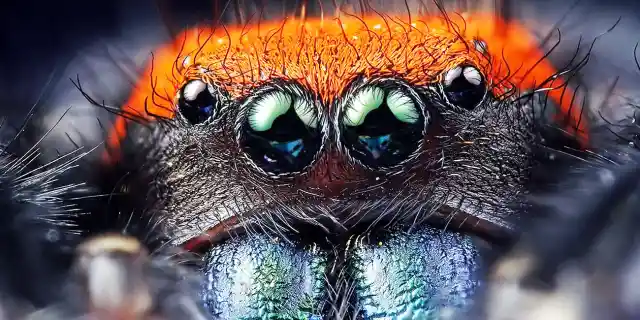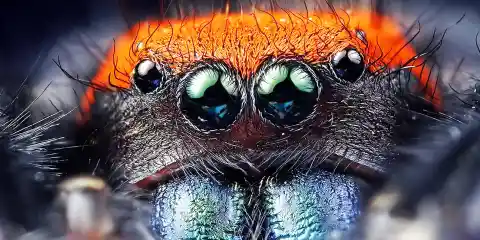

A spider is a creepy crawly little creature, and they are quite a mystery to most of the population. spiders are a beast feared by most, but we will let you make the decisions after reading our article. To find out everything there is to know about these fierce predators, all you have to do is keep reading! Be sure to come back for our part two article, featuring the top eight things you didn’t know about the spider!
Number Fifteen: Worst-Case Scenario
Horror stories of the fearsome capabilities of these little arachnids are limitless. They all have to come from a source, so we figured we would start our article with the worst-case scenario of a spider bite. The Australian funnel-web spider is classified as one of the deadliest species of spiders, fit with poison able to kill a human in less than an hour. What’s even worse, they have the jaw power to bite their way through thick objects- say, a shoe for instance.
Number Fourteen: Treating Arachnophobia
Oddly enough, the fear of spiders can be treated with a rather simple process. Fear can be diminished by prolonged exposure to various photographs of objects that appear spider-like. For example, a tripod, carousel, or even dreadlocks. It seems unbelievable, but the 92% success rate reported by scientists says otherwise.
Number Thirteen: The Spider Bite That Leaves a Mental Scar
Sometimes, getting bit by a spider can be extremely exciting- literally. A bite from the Brazilian wandering spider injects a poison that can cause a multiple-hour erection. It would be great for victims of erectile dysfunction if the erection weren’t one of the most painful experiences known to man.
Number Twelve: Medical Applications
Other spiders are also offering a hand (or fang) to medical technology. The venom produced by the South American tarantula is currently being tested for uses in treating atrial fibrillation. A peptide in the toxin may prove to have a significant effect on slowing overactive, stress-induced heartbeats.
Number Eleven: Agricultural Applications
While the Blue Mountains funnel-web spider is potentially hazardous to humans, the venom of this species may be making headway in agricultural fields. The venom of this particular spider has properties that target the immune systems of insects, opening doors for the possibility of eco-friendly pesticides.
Number Ten: Got Milk?
Ever milked a spider? We didn’t think so. In order to obtain the venom from all of the aforementioned species, workers who specialize in “spider-milking” at the Spider Pharm in Arizona go through about 1,000 specimens each shift. This is done by drugging the arachnids, and jolting them with electricity to make them release their juices.
Number Nine: The Potential of Silk
While the venom of some spiders may be lending a helping hand to humanity, there are also a variety of options for the use of spider silk. The potential for this byproduct is foreseen to one day operate the insides of robotic devices and drug delivery mechanisms. Be sure to come back for our part two article, featuring the top eight things you didn’t know about spiders!